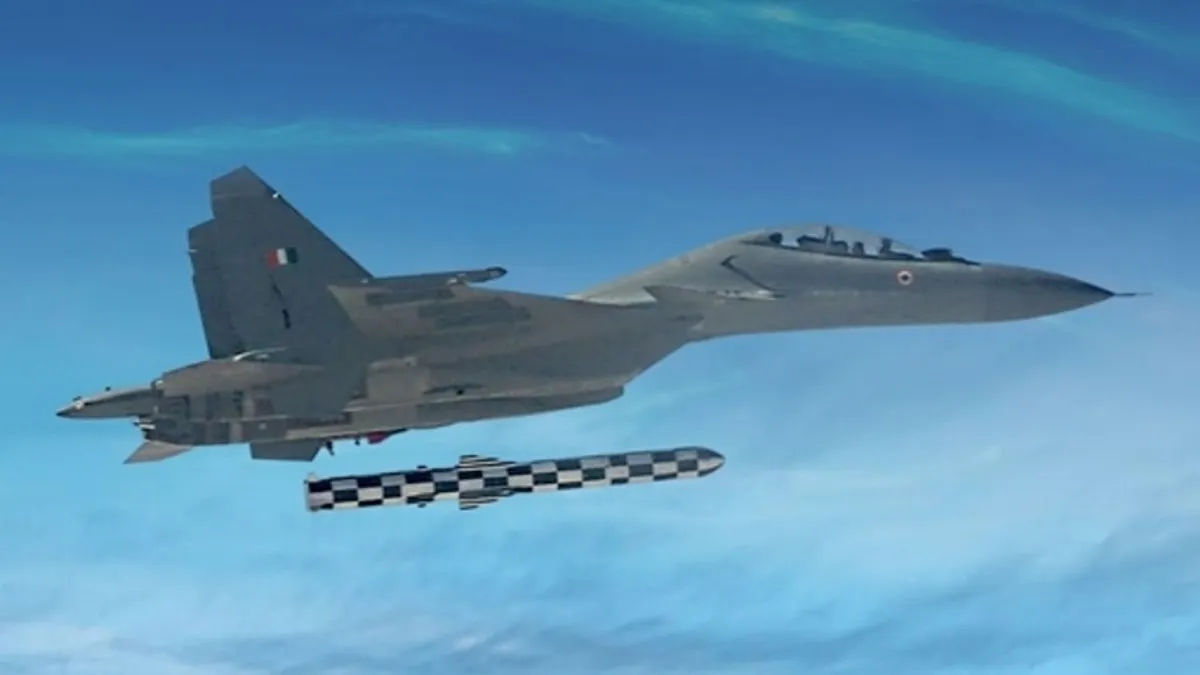In the context of regional security dynamics, the United States’ recent acceptance of a $1.17 billion equipment sale for the MH-60R Seahawk helicopters is a major turning point in India-US defense relations.
In order to strengthen the Indian Navy’s operational capabilities, the deal includes sophisticated communication systems, sensors, and logistical support. In order to combat the challenges posed by China and Pakistan in the Indian Ocean Region (IOR), the MH-60R helicopters are vital for anti-submarine warfare (ASW) and anti-surface warfare (ASuW). India hopes to improve its operational reach and maritime security with these modifications, particularly in response to growing Chinese naval activity.
This agreement reflects a shared commitment to preserving an open and free Indo-Pacific and is a sign of the growing strategic cooperation between the US and India. As a counterbalance to China’s aggression in the region, the US has been actively working to improve defense ties with India. In addition to strengthening India’s military prowess, the equipment deal solidifies the US’s position as a crucial ally in India’s defense modernization initiatives.
India’s capacity to carry out marine operations, such as search and rescue, medical evacuation, and anti-piracy missions, will be greatly enhanced by these improvements.
The agreement coincides with increased tensions in the Indian Ocean Rim, where China and Pakistan have been bolstering their naval capabilities. India will be able to effectively monitor and address these issues thanks to the MH-60R helicopters’ enhanced capabilities, which will promote regional stability.
Additionally, this transaction supports US foreign policy goals to fortify allies in the Asia-Pacific region, foster stability, and fend off possible threats from hostile countries.
The $1.17 billion MH-60R equipment sale not only enhances India’s naval capabilities but also signifies a robust commitment between India and the US to address shared security concerns in an increasingly complex geopolitical landscape. This
Given the rise in submarine activity in the IOR, these helicopters’ ability to identify and engage submarines is critical. They are outfitted with sophisticated sonar sensors and torpedoes.
By carrying air-to-surface missiles, the helicopters can target surface warships and strengthen India’s defenses against marine threats.
India will be better equipped to support naval operations and carry out humanitarian missions thanks to their quick reaction times.
This will improve interoperability by enabling
safe data sharing and communication with allied forces.
During operations, these devices enhance situational awareness, particularly in demanding settings.
These characteristics will increase mission flexibility and operating range.
As a deterrent to any aggressors, the Indian Navy will be able to retain a strong presence in the Indian Ocean Region thanks to the improved capabilities of the MH-60R helicopters. This is especially important as China increases the size of its naval presence in the area. India’s overarching strategic objective of guaranteeing an open and free Indo-Pacific will also be aided by the capacity to carry out continuous operations over large maritime regions.
In addition to enhancing India’s naval capabilities, this deal represents the strengthening defense alliance between the US and India. It shows a shared dedication to tackling common security issues in the Indo-Pacific area, promoting peace, political stability, and economic advancement.
The induction of MH-60R helicopters into the Indian Navy represents a transformative step in enhancing India’s maritime capabilities. With

